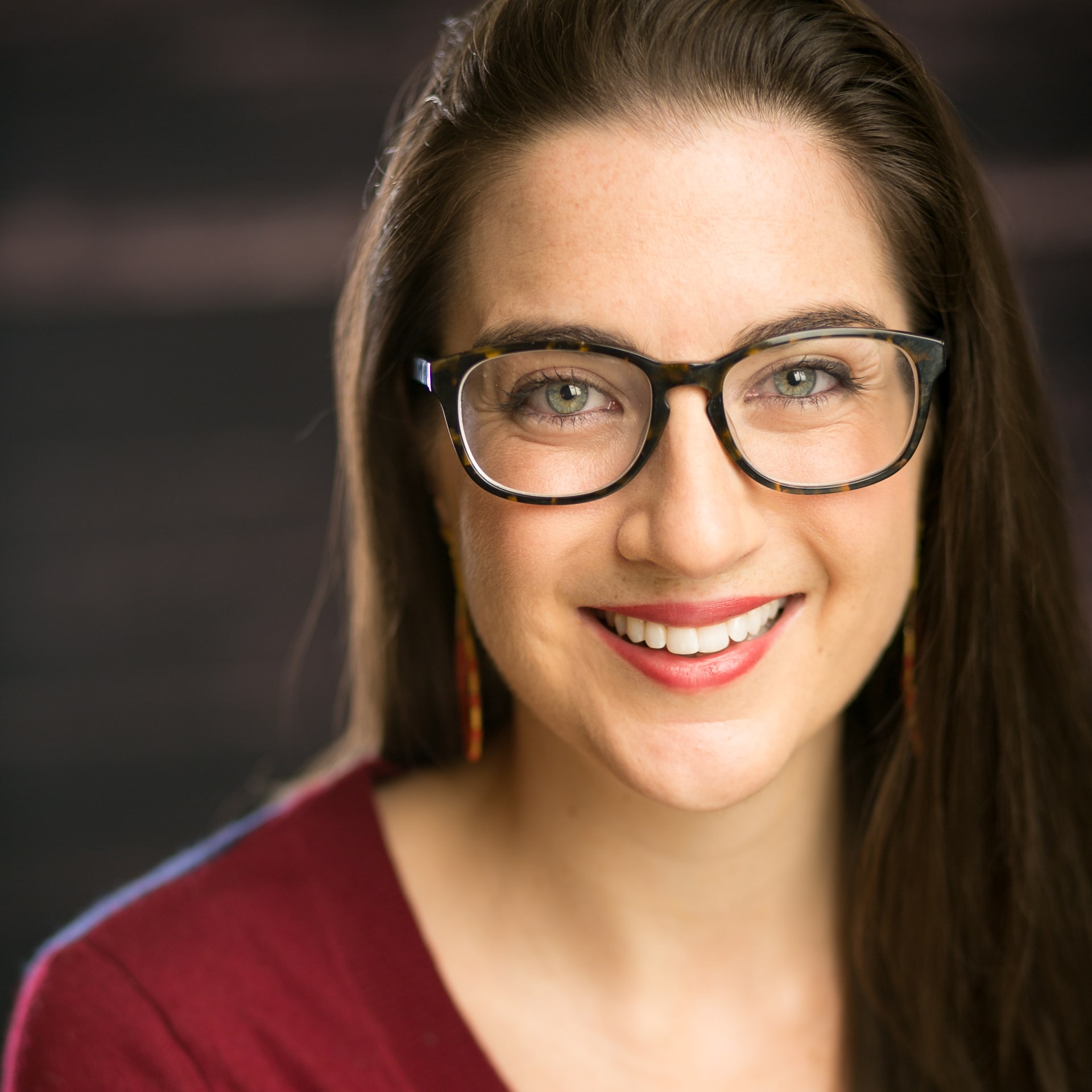Innovative assessments are getting a fair amount of attention in K-12 policy circles as a handful of states gear up for the federal innovative assessment pilots and ESSA implementation gets underway. Exciting an opportunity as that may be for the edu-wonks among us, state-sanctioned innovation, by and large, takes an inside-out form: existing teachers, leaders, and assessment experts are coming together to craft new approaches to gauging academic proficiency.
It may be equally promising, however, to fundamentally rethink assessment from the outside world-in: creating wholly new, less-centralized forms of assessment.
Assessment consortia in developing countries have taken this tack, pursuing what some dub “citizen-led assessments.” In these models, neighbors and community members administer assessments to gather broader and more reliable academic data than public school infrastructure affords in settings with uneven access to formal education.
Of course in the current U.S. market, such a citizen-led model would gain little traction in mainstream measurement approaches. The U.S.’s public data collection infrastructure, while imperfect, is quite robust. But the approach got me thinking about a different sort of citizen assessment schools might consider: all of the ways in which regular citizens from a variety of professional backgrounds could participate in offering feedback to students, particularly in subject areas that are not tested as frequently or at all, such as electives, writing, history, or workplace professional skills.
This seems like an especially promising approach when it comes to tackling chronic challenges posed to authentically bridging the gap between employers and schools in meaningful but affordable ways. Real-world feedback can at once offer students a glimpse into how potential employers look at work products, while also–and arguably just as importantly–nurturing real-world connections between students and adults working across industries.
Considering a system in which students received feedback from beyond the four walls of school, here are three upsides of scaling real-world feedback:
1. Flipping the cost structure of out-of-school & work-based learning
A variety of schools from Big Picture Learning to Cristo Rey are hailed for their innovative approaches to internship-based learning beyond the four walls of school. And with the recent passage of the Perkins Act, CTE advocates are likewise championing everything from apprenticeships to career exploration in schools. The cost of creating high-quality, work-based learning experiences, however, is not minor. Not to mention, from a quality assurance perspective, some critics rightfully raise concerns that students in internships may be given low cognitive demand work, like filing documents or answering phones, sacrificing critical learning time. Inviting industry professionals to provide authentic feedback on the back end of student work—rather than expecting them to deliver coherent, high-quality learning experiences on the front end—could start to address both cost and time constraints. This is already happening in some project-based schools where demonstrations of learning involve inviting community members in to witness and react to student projects. That sort of feedback could be even more frequent (and formative) if school systems unleashed the wide range of technology tools and platforms that exist to connect students and real-world experts virtually.
2. Bridging the rhetoric and reality around specific “competencies”
With feedback coming directly from industry professionals, such assessments could also function as something of a trojan horse for articulating the actual competencies employers are seeking. We hear all too often that the interface between school and work is broken. But many efforts to define competencies fall flat because employers and HR professionals struggle to describe what exactly they want employees to know and be able to do. The result of this disconnect can manifest as watered-down notions of broad competencies—like ‘critical thinking’ and ‘collaboration’—that are difficult to measure and mean different things to different people. Authentic feedback occurring directly between adults in the real world and students in schools specifies that interface between learning and work in small but vastly more concrete ways. In a moment of genuine feedback on a project or essay, employers are forced to articulate their precise preferences and students (and educators alongside them) gain visibility into what an employer wants in an authentic—rather than lowest-common-denominator—manner.
3. Expanding weak-tie professional networks
Sometimes conversations about “real-world” assessments devolve into obsessing over carefully constructed simulations or elaborate word problems. While those have a purpose, they fail to offer one of the key benefits citizen- and employer-led feedback could offer: relationships. Brief, low-stakes feedback on an artifact or project may sound cursory at best, but it could plant the seeds of new connections, serving to diversify students’ weak-tie networks across a variety of industries over the course of their education. This could be especially powerful in cases when students have never met anyone who works in a particular industry. It also unlocks a different value proposition that Big Picture Learning co-founder Elliot Washor recently highlighted at the intersection of human and social capital: who and what you know matter, but especially powerful is who knows you know what you know. Crucially, these networks could also function in both directions: by demanding only brief engagement on the front end, such assessment models could start to engage local businesses, community members, and even retirees who otherwise find themselves distinctly disengaged from school systems.
There are of course a bevy of questions around dosage, quality assurance, and unintended consequences (do you really want your potential employer seeing a half-baked project or essay?). But if we’re going to celebrate emerging innovations in centralized, state-level assessments we should also keep an eye on less centralized—and potentially highly social—assessment models as well.
Is your school or community using real-world assessments to bolster feedback and grow students’ networks? If so please share more about your approach in the comments!


